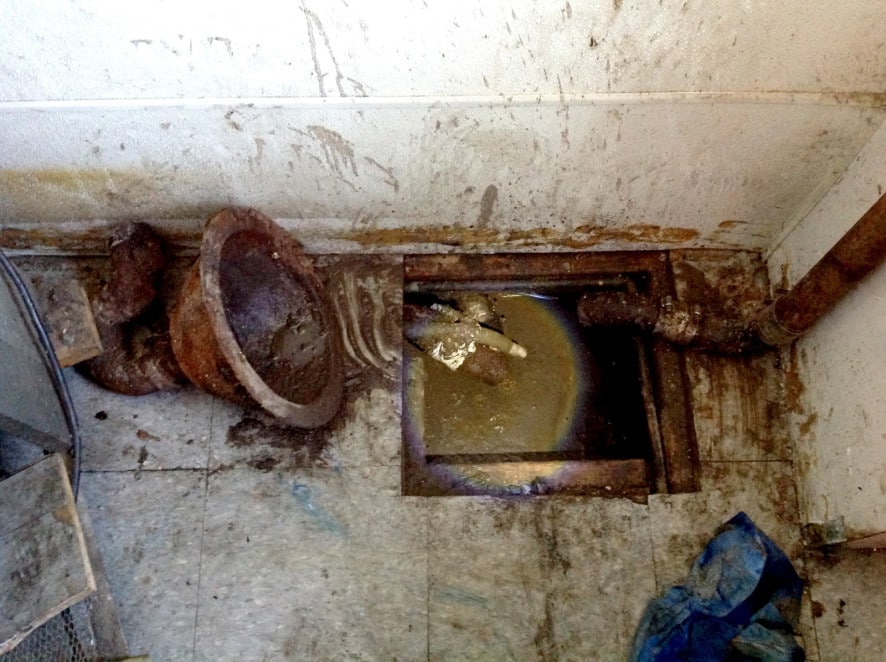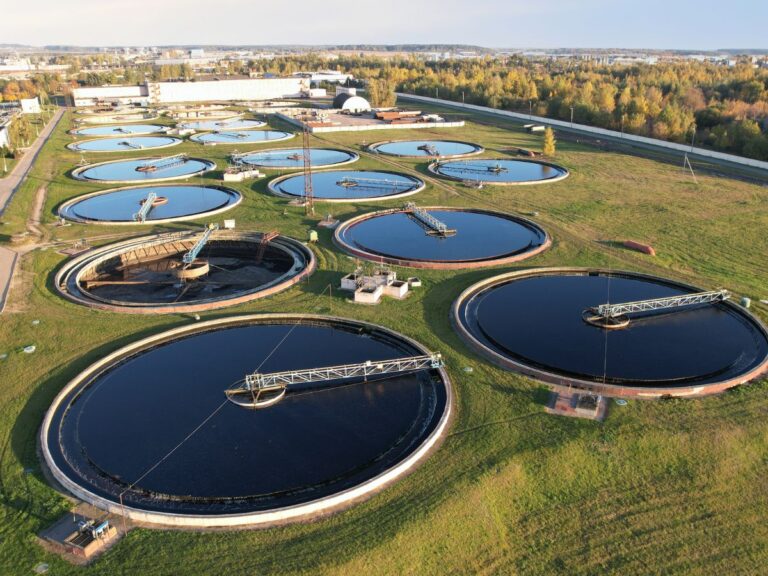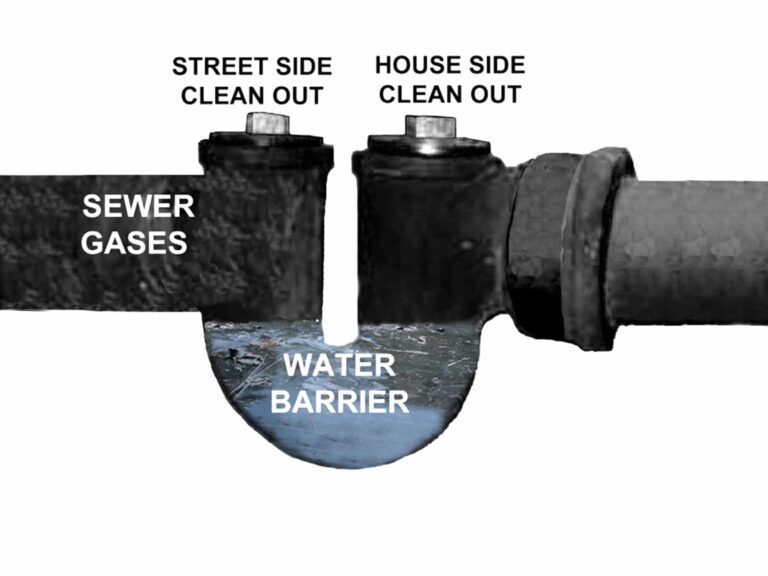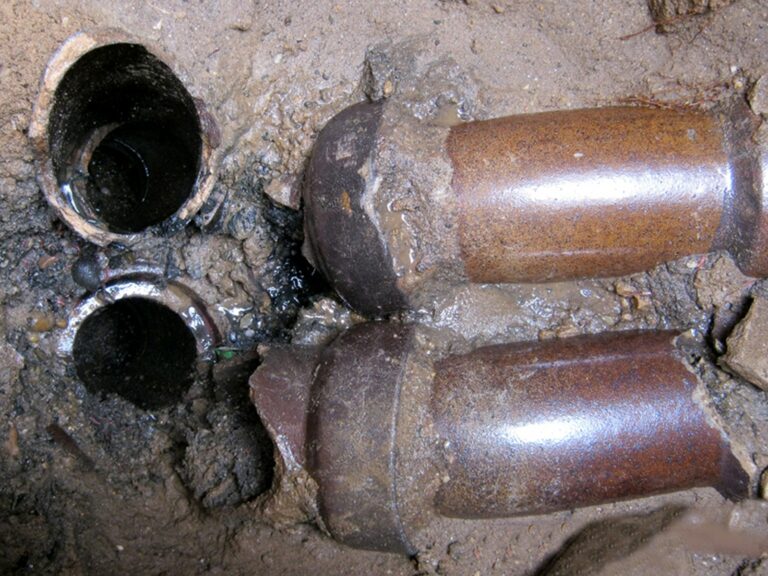A sewer smell in house issue can be very annoying, exasperating, and noxious for the typical homeowner. As a matter of fact, exposure to sewer gas presents documented health concerns. In some cases, a sewer smell can even be found just outside one’s home. For a person unfamiliar with common plumbing problems, a sewer smell problem in a house can be difficult to solve.
For a knowledgeable plumber, a sewer smell in house problem is relatively easy to diagnose and easy to cure. There are three main causes of this annoying problem, and none of them require major plumbing repairs. With that having been said, let’s delve into if your house smells like sewage, the why, and what to do about it.
The 3 Causes of sewer smell in house issues and simple advice
An open sump or an improper drain creates many issues for concern. Not only can open pits or plumbing outlets produce foul sewer smells but there can be health issues as well. Plumbing shortcuts typically end up costing more in the end to correct, and they affect quality of life in the interim. Something folks should keep in mind is that if they cannot afford to do the job correctly the first time, they certainly cannot afford to do it a second time.
1. Sewer smell in house from loose or ill-fitted sewer trap plugs
The most common source of a sewer smell in house is from missing, ill-fitted, or loose sewer trap plugs. The sewer access pit is the first place to check, and maybe the last place most people look. At the bottom of most access pits in a basement is the house trap. In some buildings, the building drain is above the floor, and the house trap will be above the floor as well.
A house trap us U shaped so water sits in the bottom of the trap. This water serves as a barrier between sewer gases from the city sewer, and the inside of your home or business. If the sewer trap is not properly sealed with trap plugs, a sewer smell in house will be present from sewer gases escaping from the public sewer.
Most house traps are double vent; meaning they require two sewer plugs or caps. There are two openings to allow for the drain system to be easily cleaned in each direction. Replacement sewer trap plugs or caps are extremely inexpensive, costing about $15.00 to $20.00 each. In older house traps a fit-all plug can be used. Fit-all plugs are lead-lined and can conform to the irregular or worn openings in older house sewer traps.
Wing nut test plugs are a great option when replacing plugs on an old house trap. They are air and watertight. Wing nut test plugs are reusable and require no tools to install. On the downside, they are usually a special order from a plumbing supply house, and you will have to supply the accurate size you require. To get an accurate size, simply measure the inside diameter of the opening in your sewer trap.
How to remove old sewer trap plugs
When old, broken, or worn, sewer trap plugs are creating a sewer smell in your home, you’ll need to remove them. Old sewer trap plugs are frequently frozen in place by corrosion and years of not being touched.
Many folks recommend heating the trap with a torch to expand it, then spinning out the old plug plug. A torch poses obvious safety issues, the this process is time-consuming. It is advisable in almost all cases to simply break out the old plug and replace it with a new sewer trap plug. Using a hammer and a chisel poses little risk to personal safety.
2. Sewer smell in house from a dried-out house trap sump
The 2nd most common source of a sewer smell in house issue is from a trap whose water barrier has dried out. As mentioned previously, one of the main functions of a trap is to provide a water barrier to keep sewer gases out of your house.
All plumbing fixtures and house sewers are supposed to have a trap. Most plumbing fixtures have what is known as a P trap. An example of a P trap can be seen if you simply look under your kitchen sink.
If a fixture is little used, such as in a guest bathroom, or a seasonal residence, the water in the trap can evaporate. Simply running some water can resolve the issue. The same applies to either a little used fixture, a guest house, a vacation home, or a floor or area drain. Simply running some water will fill the trap belly back up with water, and re-create the water barrier.
Sometimes pouring some vinegar or bleach (not both) down a drain can help to get rid of a foul odor. But a sewer smell in a house should not be taken lightly either. A sewer smell is indicative of methane gas and bacteria being present in the air. Headaches can result, but if left untreated there can also be health consequences as well. If you smell sewer gas act promptly.
3. A sewer smell outside house from leader line or area drains
A sewer smell that seems to be coming from outside your house is completely different than a sewer smell in house. A sewer smell outside your house can mean that the city sewer is backed up. However, if the smell is constantly present it can have to do with your roof leader line outlets or area drains.
There are three distinct and different types of house sewers. Although storm sewer systems should not contain sewer gases, sanitary and combined sewer systems do. That means if your roof leader lines or area drains are connected to a combined, or sanitary sewer system, they can be the source of your sewer smell.
Do roof leader lines need to have a trap? In certain cases – yes
Just like all plumbing fixtures roof leader lines and area drains are supposed to have a trap to provide a water barrier, and to catch objects or debris. If outside roof leader lines connect to your combined house sewer outside your house (the combining point), each leader line drain must be trapped.
If a leader line is not trapped sewer gas will escape between the roof leader line and where it enters the underground drain. A trap for a leader line or area drain can be present either inside or outside the building. Either location is legal and meets the code.
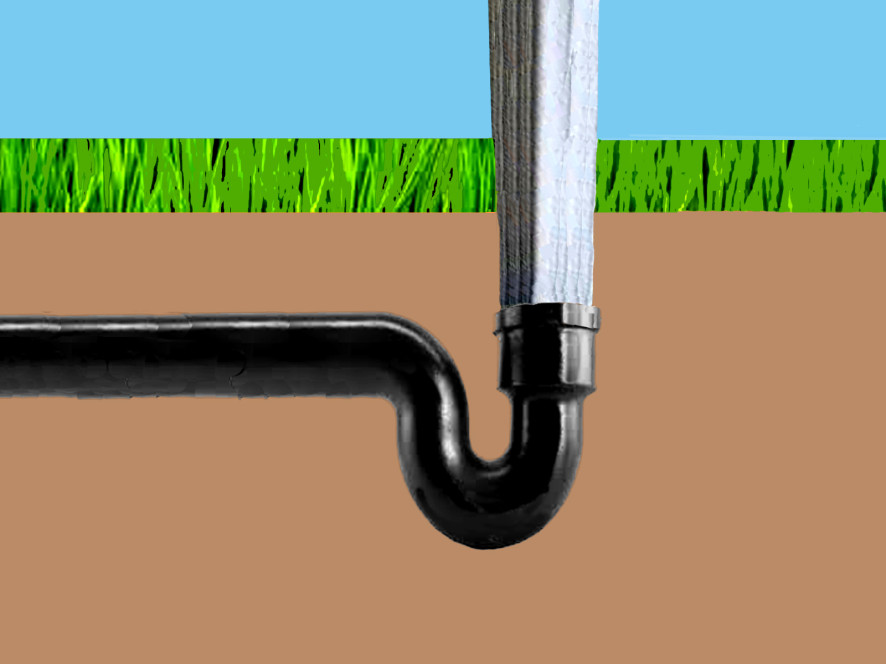
One can attempt to caulk up the gap between the roof leader and the drain, but that is not the proper solution. The proper solution is to install a P trap underground for each roof leader outlet. It is also important that the trap is below the frost line so the water inside the trap does not freeze in the Wintertime.
In most cases, area drains and roof leader lines are run inside the building. They then have a separate trap for the storm water, alongside the sanitary water trap located near the front of the building. Most leader lines and area drains usually still have their own trap to catch debris and sediment.
Annoying and hard-to-diagnose plumbing problems
There is a common theme regarding many common plumbing issues, such as a sewer smell in house. The common theme is that a low-cost fitting or part was not installed properly, or not installed at all. Whether intentionally or not, a missing $10.00 sewer cap or $100.00 house trap can cause all kinds of inconvenience, and possibly health issues.
Hiring a licensed and insured plumber has its benefits
Professional-grade plumbing work requires closely adhering to approved plans and applicable local plumbing codes. While it may be tempting to hire an unlicensed tradesman in an attempt to save money, the outcome may not be so positive. Correcting inferior plumbing work can be costly, and have health and quality of life consequences in the interim. Therefore, seeking out a licensed plumber may be to your benefit.

